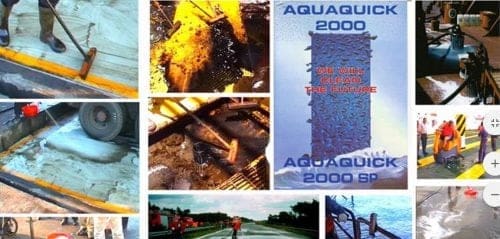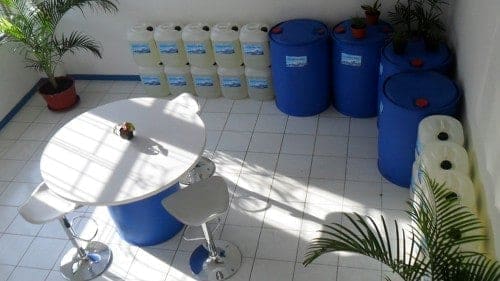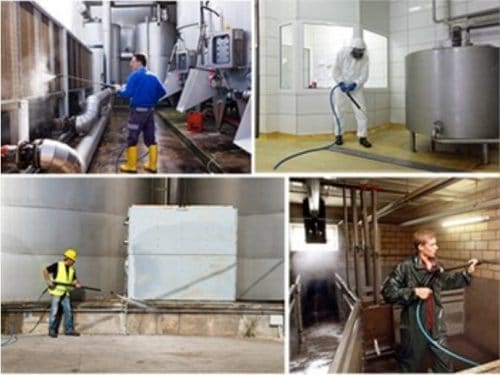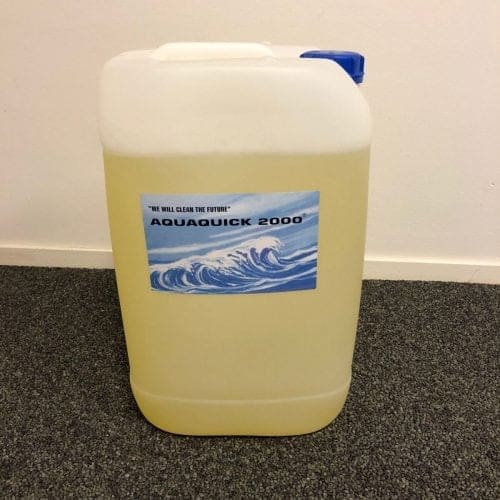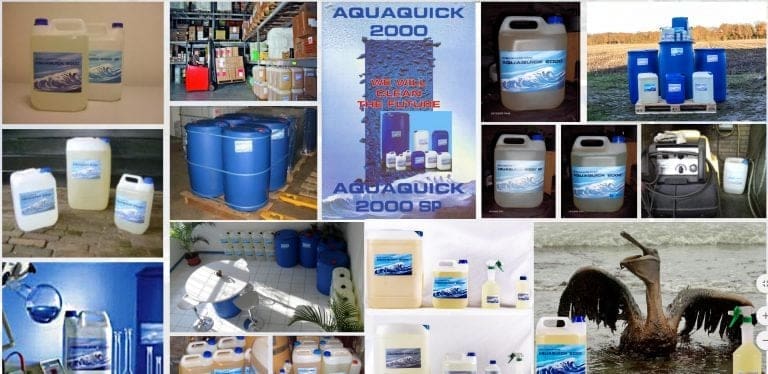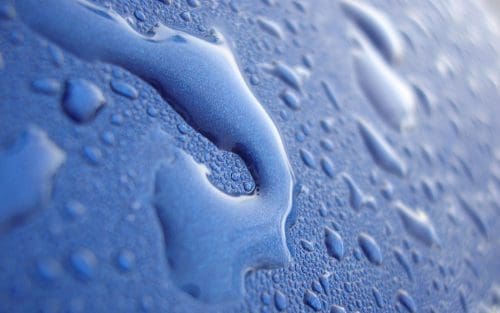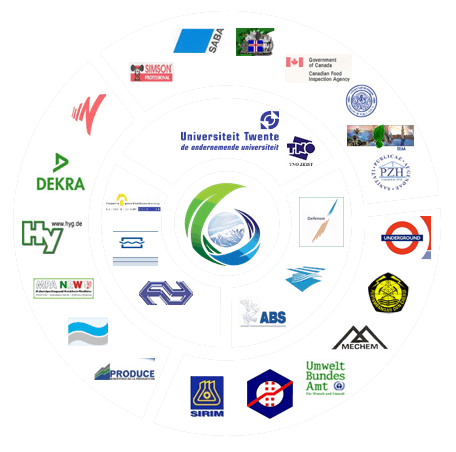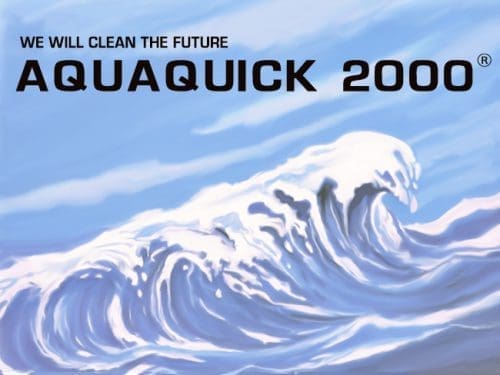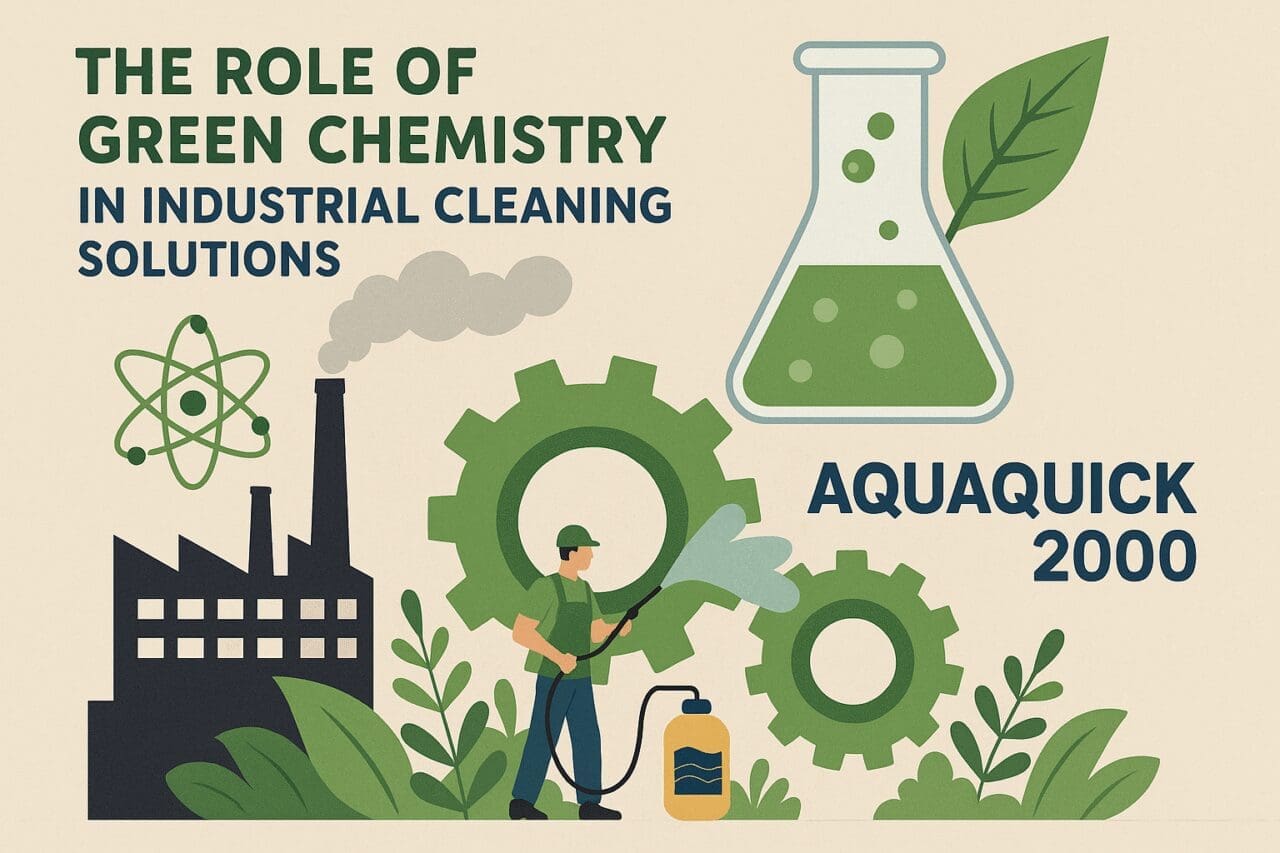As industries continue to focus on sustainability, green chemistry has emerged as a key driver in the development of eco-friendly cleaning solutions. Traditional industrial cleaning methods often involve the use of harsh, toxic chemicals that pose risks to both the environment and human health. However, with the advent of green chemistry, there is now a more sustainable and safe approach to industrial cleaning. In this article, we will explore the role of green chemistry in industrial cleaning solutions and how it is changing the landscape of industrial operations.
What is Green Chemistry?
Green chemistry is an area of chemistry focused on the design of products and processes that minimize the use and generation of hazardous substances. It aims to reduce the environmental impact of chemical processes and products by utilizing renewable resources, reducing waste, and promoting energy efficiency.
In the context of industrial cleaning, green chemistry involves the development of cleaning agents that are both effective and environmentally friendly. These cleaning solutions use natural ingredients, such as plant-based compounds and biodegradable substances, instead of harsh chemicals like solvents, acids, and other toxic substances that can harm both workers and the planet.
The Environmental Benefits of Green Chemistry in Industrial Cleaning
The environmental impact of traditional industrial cleaning methods is significant. The use of toxic chemicals can lead to air, water, and soil pollution, while improper disposal of chemical waste can further contribute to contamination. In contrast, green chemistry in industrial cleaning focuses on reducing the use of harmful chemicals and minimizing waste production. This results in:
- Lower Carbon Footprint: By using renewable resources and reducing energy consumption, green chemistry helps lower the carbon footprint of industrial cleaning processes.
- Reduced Water Pollution: Green cleaning agents are designed to be biodegradable, which means they break down naturally in the environment without polluting water bodies or harming aquatic life.
- Minimized Waste Generation: Green chemistry principles encourage the use of non-toxic, plant-based ingredients that are safer to handle and dispose of, reducing the volume of harmful waste.

Aquaquick 2000: An Example of Green Chemistry in Action
One of the most innovative products to emerge from the principles of green chemistry is Aquaquick 2000, an eco-friendly oil spill dispersant and industrial cleaner. Aquaquick 2000 is formulated with plant-based extracts and biodegradable materials, making it a perfect example of how green chemistry can be applied to industrial cleaning solutions.
Unlike traditional cleaning agents that rely on harsh chemicals, Aquaquick 2000 uses natural ingredients that are safe for workers and the environment. The product effectively breaks down oils and greases into non-toxic substances, ensuring that cleaning processes are both efficient and sustainable. Additionally, Aquaquick 2000’s ability to accelerate the biodegradation of oil makes it an essential tool for eco-friendly industrial cleaning.
Aquaquick 2000 is also free from harmful fumes, making it safer for workers to use in confined spaces. This aligns with the principles of green chemistry, which prioritize human health and safety in addition to environmental sustainability.
How Green Chemistry is Shaping the Future of Industrial Cleaning
Green chemistry is expected to play a major role in the future of industrial cleaning. As more industries adopt sustainable practices and adhere to stricter environmental regulations, the demand for eco-friendly industrial cleaning solutions will continue to rise. Green chemistry offers a path forward by enabling industries to meet their cleaning needs without compromising environmental or worker safety.
Some key trends driven by green chemistry in industrial cleaning include:
- Biodegradable Formulations: The development of cleaning agents that break down naturally in the environment reduces long-term environmental impact.
- Non-Toxic Ingredients: The shift away from toxic chemicals toward plant-based, non-toxic substances ensures that industrial cleaning processes are safer for both the environment and workers.
- Energy-Efficient Processes: Green chemistry encourages the use of energy-efficient cleaning technologies, such as low-temperature cleaning agents, to reduce overall energy consumption.
Conclusion: The Future of Green Chemistry in Industrial Cleaning
The integration of green chemistry in industrial cleaning solutions marks a major step forward in creating more sustainable and eco-friendly cleaning practices. Products like Aquaquick 2000 demonstrate the effectiveness of green chemistry in addressing industrial cleaning challenges while reducing environmental harm.
As industries continue to prioritize sustainability, green chemistry will undoubtedly play a critical role in the future of industrial cleaning. By embracing these innovative, eco-friendly solutions, industries can protect the planet, ensure worker safety, and contribute to a greener, cleaner future for all.

